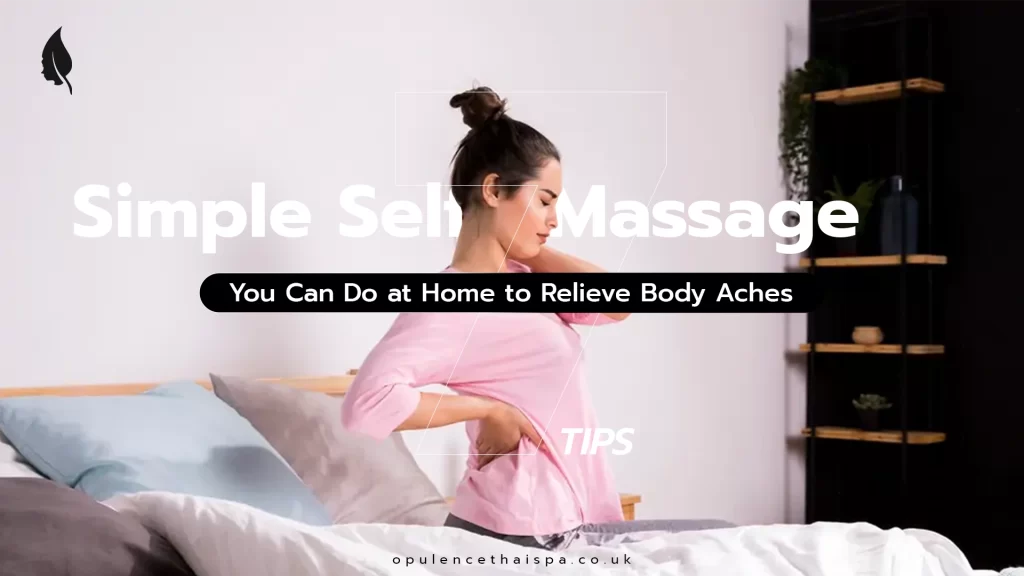Table of Contents
Muscle soreness, tension, or fatigue can creep in from long hours at a desk, physical activity, or even poor posture. But what if you could relieve your discomfort without leaving your home or booking a massage appointment?
Self-massage is an effective way to reduce body aches, improve circulation, and relax your muscles using nothing more than your hands or common household items.
In this article, we’ll explore 7 easy self-massage tips you can do right at home to relieve tension and feel rejuvenated—no professional equipment required.
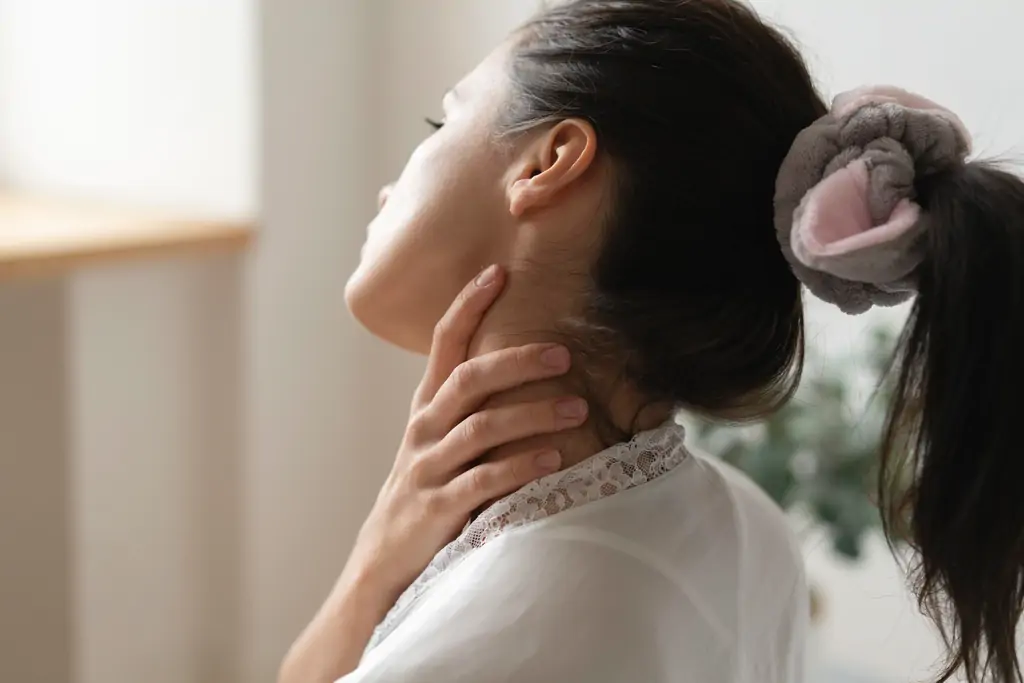
1. Neck & Shoulder Massage – Melt Away Tension from Screen Time
Why it works:
Your neck and shoulders carry much of the day’s stress, especially if you spend long hours looking at a screen.
How to do it:
- Sit or stand comfortably.
- Use your fingertips to gently knead the muscles along the sides of your neck.
- Apply circular pressure from the base of your skull down to your shoulders.
- Use your thumbs to press into tight knots.
- For extra pressure, place a tennis ball between your back and a wall and roll gently.
Bonus Tip: Apply warm compresses before massaging to loosen tight muscles faster.
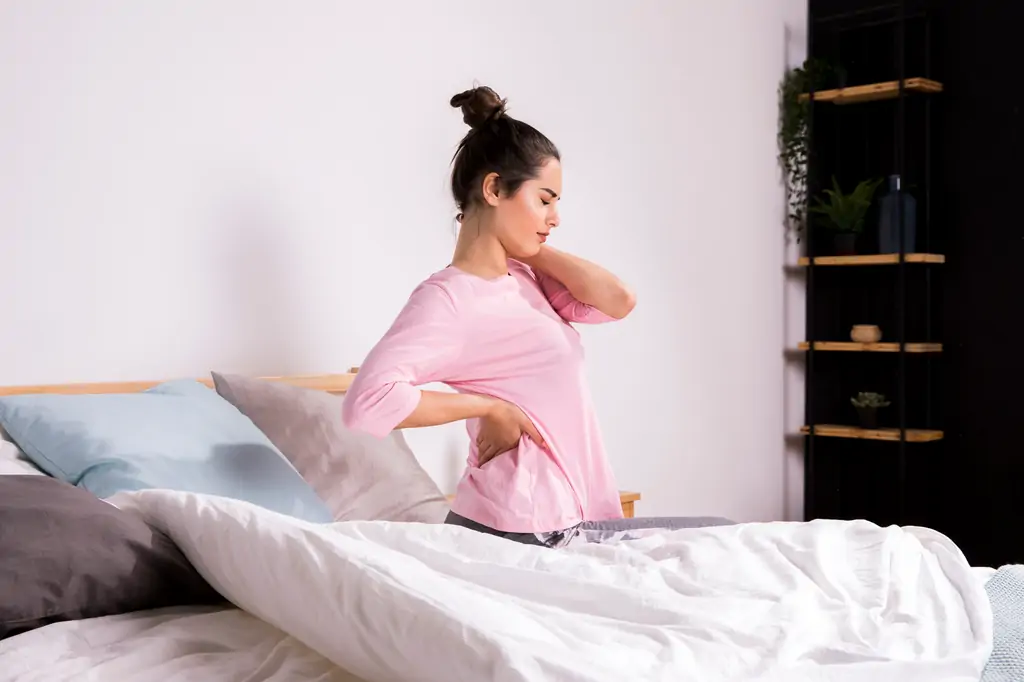
2. Lower Back Relief Using a Tennis Ball
Why it works:
Poor posture, prolonged sitting, or lifting can cause tightness in your lower back.
How to do it:
- Lie on your back on a yoga mat or firm bed.
- Place a tennis or massage ball under your lower back.
- Gently roll side to side, pausing on tender spots for 20–30 seconds.
- Breathe deeply to help muscles relax.
Safety Note: Avoid placing pressure directly on your spine—target the muscles on either side instead.
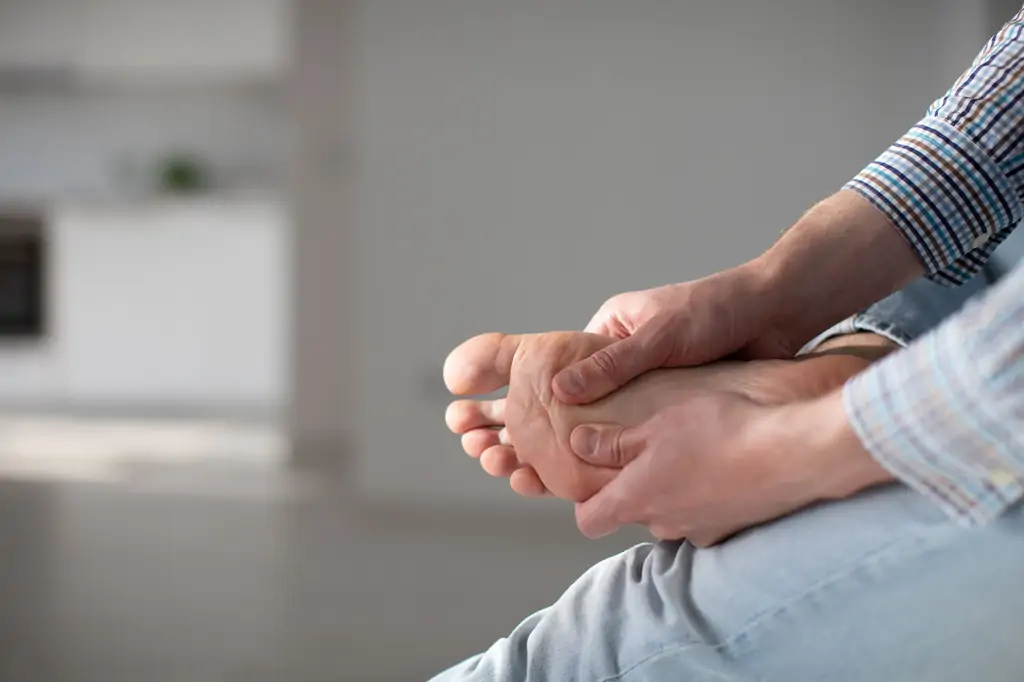
3. Foot Massage – Perfect for After a Long Day
Why it works:
Your feet support your entire body. A quick foot massage boosts circulation and reduces fatigue.
How to do it:
- Sit in a chair with one foot resting on your opposite thigh.
- Use your thumbs to press into the sole, heel, and arch.
- Move in slow, circular motions, especially around the ball of the foot.
- Use a rolling pin or frozen water bottle to massage both feet simultaneously.
Pro Tip: Add a few drops of essential oil like peppermint or eucalyptus for a spa-like experience.
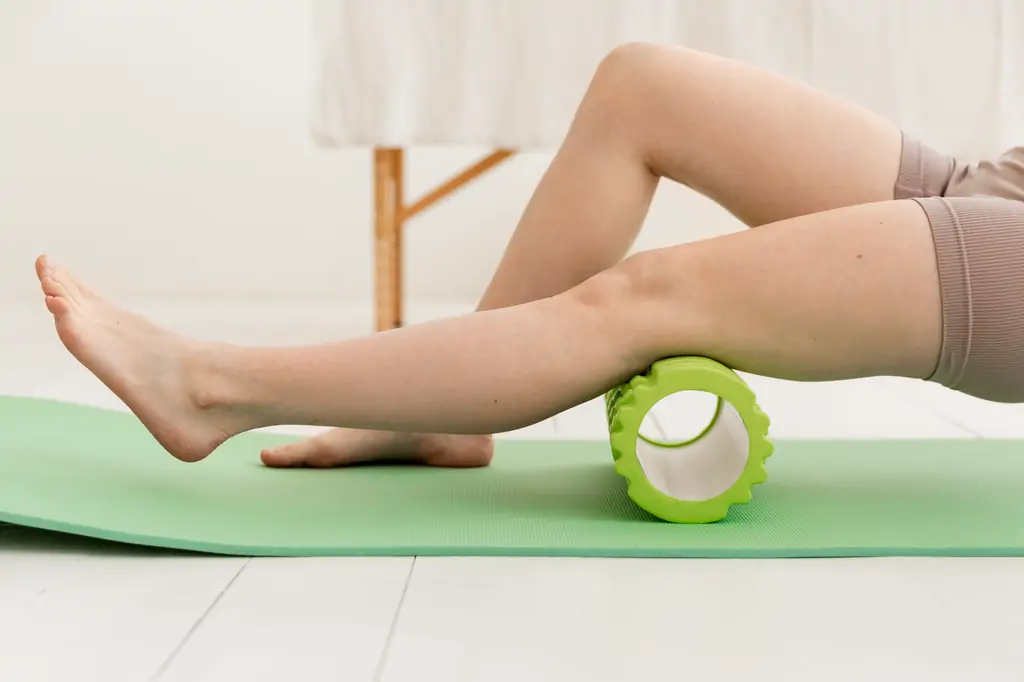
4. Calf Massage for Runners & Walkers
Why it works:
Tight calves are common in people who walk, run, or stand for long periods.
How to do it:
- Sit with one leg bent and the other extended.
- Use both hands to squeeze and knead your calf muscles, moving upward from ankle to knee.
- Use knuckles or fists to apply deeper pressure.
Optional: Use a foam roller to release tension faster and increase range of motion.
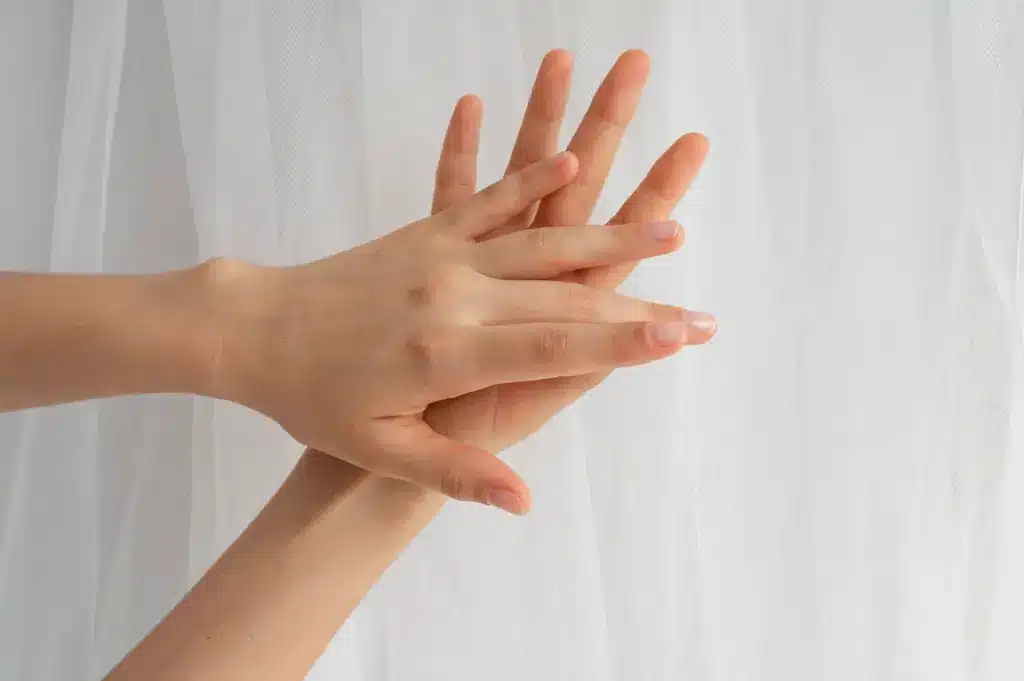
5. Hand & Wrist Massage – Ideal for Typing Fatigue
Why it works:
Typing, scrolling, and repetitive wrist movements can lead to strain and stiffness.
How to do it:
- Hold one hand palm up.
- Use your thumb to apply pressure in circular motions to the center of your palm.
- Gently pull and rotate each finger.
- Press along your wrist and forearm using your opposite hand.
Quick Fix: Use a stress ball or massage ring to stimulate blood flow throughout the day.
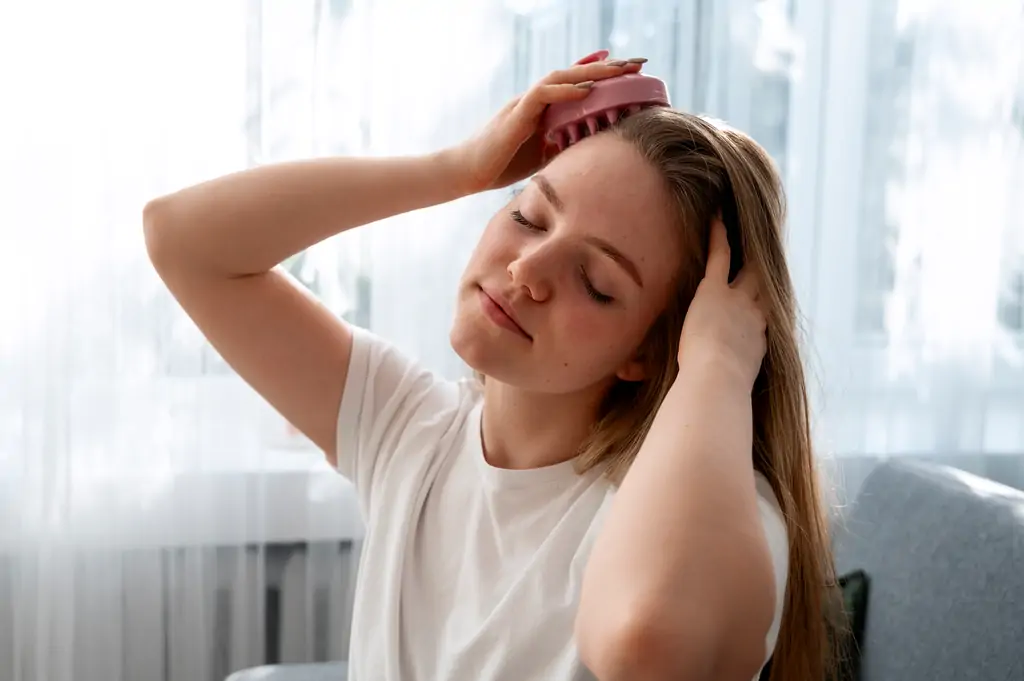
6. Head & Scalp Massage for Instant Relaxation
Why it works:
A scalp massage increases blood flow to the brain, promotes relaxation, and can reduce headaches.
How to do it:
- Use all ten fingers to massage your scalp in small circles.
- Start at the forehead and work back toward the base of the skull.
- Apply gentle to moderate pressure depending on comfort.
- Spend at least 2–3 minutes for optimal relaxation.
Tip: Combine with slow, deep breathing to enhance the calming effect.
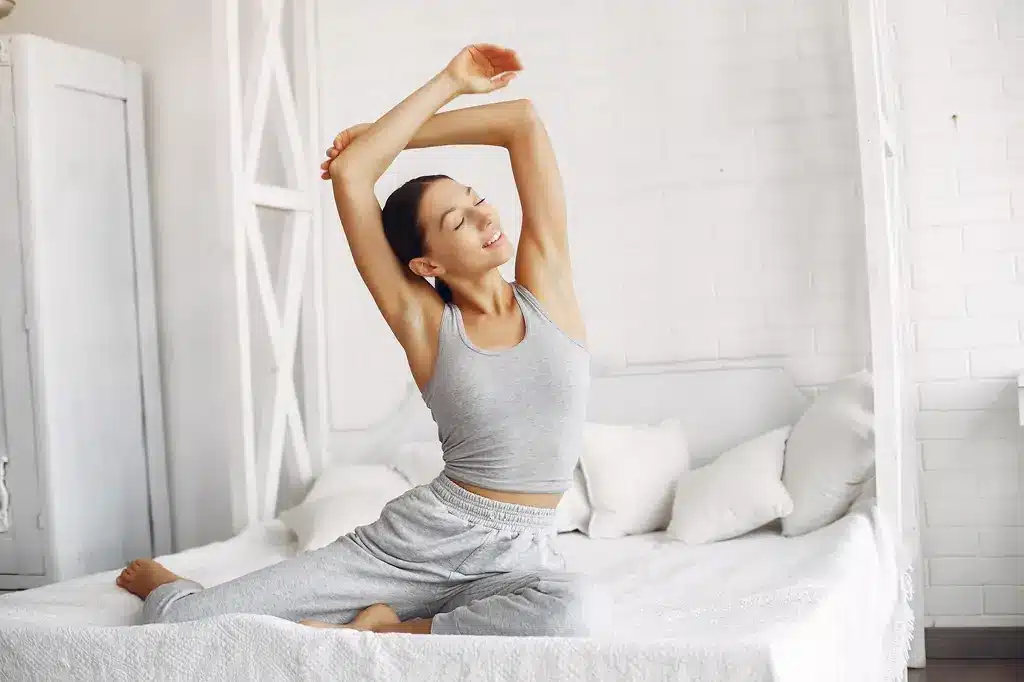
7. Chest & Shoulder Stretch Massage
Why it works:
Postural stress from slouching or hunching forward causes tightness in the chest and front shoulders.
How to do it:
- Place your palm flat on a wall or doorframe with your arm extended.
- Gently rotate your body away from the wall to stretch your chest.
- With the other hand, use fingers to massage the front shoulder and upper chest.
- Repeat on the opposite side.
Stretch Tip: Perform after your workday to open up tight posture from desk work.
Bonus: Tips to Maximize Your Self-Massage Routine
| Tip | Description |
|---|---|
| Use oil or lotion | Reduces friction and makes massage smoother. Coconut, almond, or massage oils work well. |
| Take your time | Spend at least 5–10 minutes per area for effective results. |
| Breathe deeply | Inhale through your nose, exhale slowly to help your body relax. |
| Be consistent | Regular short sessions are more effective than one long session once a month. |
| Avoid injured areas | Don’t massage bruises, sprains, or inflamed spots—see a professional instead. |
Final Thought
Self-massage is a powerful yet simple way to relieve pain, boost energy, and reduce stress without needing to leave your home. With just your hands (or a tennis ball), you can target common problem areas like your neck, back, legs, and feet.
Whether you’re working from home, recovering from a workout, or winding down after a long day—these 7 self-massage tips can help you feel better and improve your overall wellness.
Remember: listen to your body, start slow, and be kind to your muscles. And when in doubt, consult a healthcare professional before trying new routines, especially if you have chronic conditions.
Founder and driving force behind Web Evolve Co., Ltd., a full-service website development and digital solutions company trusted by leading businesses across Thailand. With over 5 years of experience in the digital industry, he specializes in designing and developing websites that excel in both UX/UI and SEO — empowering businesses to grow sustainably in the digital world.











